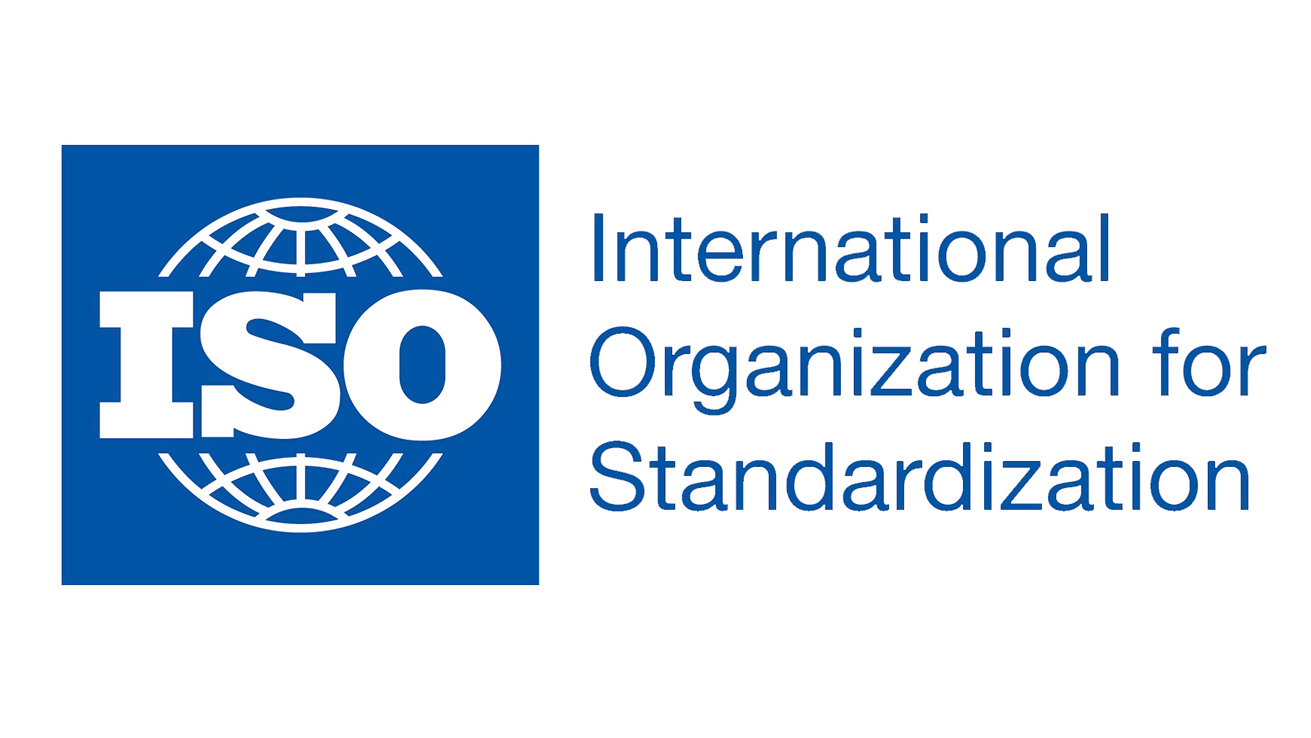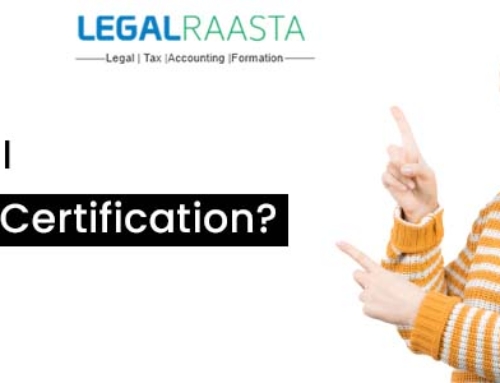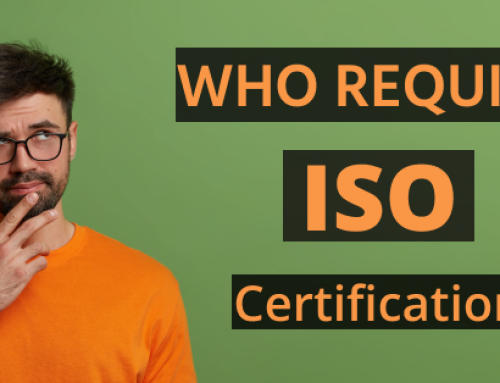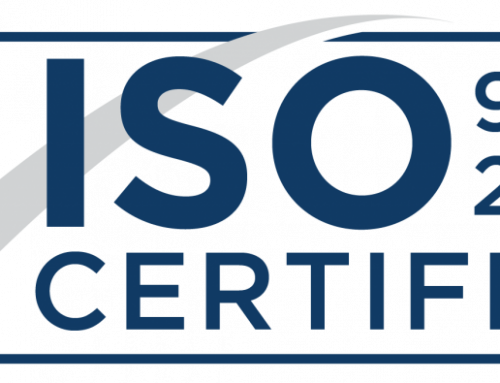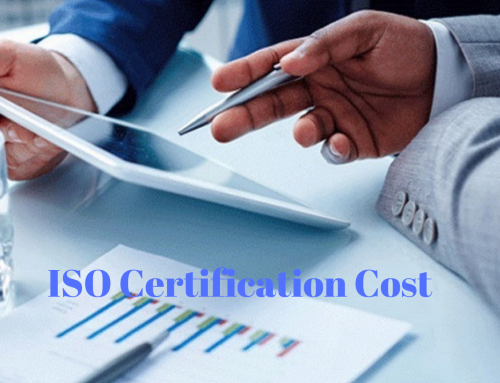ISO full form: A brief introduction
Contents
ISO full form is International Organisation for Standardization. It is considered as an Independent, non- governmental, non-profitable, the worldwide federation of national standards bodies that can develop and publishes international standards. The ISO full form was given a short form because “International Organization for Standardization” would have different acronyms in different languages so the founders decided to get it short. ISO online provides a standard for various products and services which are accepted worldwide and provide an assurance that these products and services are safe, reliable and of good quality. ISO is the world’s largest developer of voluntary international standards. At Geneva, it has its headquarter and English, French and Russian. In addition, there are 165 member countries around the world as its national standard bodies.
What does the ISO do?
The motive of ISO is to specify the products, services, and systems to ensure safety, quality, and efficiency. ISO publishes more than 19500 international standards. Every industry, technology, food safety, agriculture, and healthcare is covered by ISO no sector left untouched.
Some light on History
In February 1947, an ISO was founded and officially began its operations. Moreover, the Institute of civil engineers in London decided to establish an international organization to facilitate the international coordination and unification of industrial standards. The very popular standards of ISO are given below:
- ISO 9000: standardization of quality management.
- ISO 10012: measure management system.
- ISO 14000: standardization of environmental management.
- ISO 19011: audit management system.
- ISO 2768-1: a standard for general tolerance.
- ISO 31000: risk management.
- ISO 50001: energy management.
- ISO 4217: standardization of currency codes.
You can read more from here: What are the different types of ISO standards
ISO full form: Development Process of ISO Standards
ISO is a process of creating new standards that started when the industry associations or consumer groups make a request. ISO needs to recruit subject matters experts as well as industry stakeholders who usually form a technical committee. There are two rounds fo creating a draft standard through which this committee has to pass on then conducts a formal vote on the second draft which is known as the Final Draft International Standard (FDIS). The ISO will publish it as an official international standard if in case, the FDIS is approved as a certified secretariat.
ISO full form: Benefits
Following are the benefits of ISO certification as you can reassure customers that your business follows the highest quality standards:
- All the processes opt by you are evaluated, standardized and explained to personnel.
- It becomes easier to train new employees.
- More quick problem detection and improves solutions.
- Customer satisfaction is improved
- Good understanding of customer needs.
- Company perception of your company is better
- Suppliers become more than partners
- Communication is improved
- Employees get to know better knowledge of your company
- It improves employee participation.
ISO full form: Certification Process
The procedure of ISO certification is given below:
- Create an application or contract: You have to get agreed on a contract for both the applicant as well as the registrar. It describes the rights and obligations of both the parties and the liability issues, confidentiality, and access rights are included.
- Quality documents review: All your quality manuals will be viewed by an ISO auditor and documents related to various policies and procedures being followed in the organization. The existing work review will definitely help the ISO auditor to identify the possible gaps against the requirements stipulated in the ISO standards.
- Make an Action Plan: You should be ready with the action plan to eliminate the gaps in your organization after the auditing process. List the required tasks to be performed to bring the desired changes in your organization. It can be possible that you need to give the training to your employees to work efficiently while adapting to new procedures.
- Initial Certification Audit: It contains basically two stages:
- Stage 1: ISO auditor will find the possible non-conformities in your systems and procedures to the desired quality management system. Although, they would divide these non-conformities into minor and major non-conformities. So, the applicant must be carefully related to the assessment of these non- conformities and get it aligned as per the desired quality standards through modification in the techniques and process used by the organization.
- Stage 2: The auditor of ISO does the final auditing after the changes in the organization. Hence, he will check whether all the non-conformities have been eliminated or not as per ISO quality standards. If the auditor is satisfied, he will prepare the final ISO audit report and forward it to the registrar.
- ISO certification Completion: Once you are done with the non-conformities and all the findings are put in the ISO audit report then the registrar will grant you the ISO Certification.
- Surveillance Audits: The motive for conducting this is to ensure that ISO quality standards are being maintained by the organization. It is generally conducted from time to time.
For more information regarding the International standardization, Importance of ISO 9001 or more then must follow our blog.
Hurry up! Apply ISO for certification to make your products and services outstanding in the cut-throat competition. Send your query on Email: [email protected] and give us a call at +91 8750008585. Our experts are available on our website: LegalRaasta to provide you the best advice ever.
Related Articles:
What re the challenges in the path of the ISO certification implementation?

